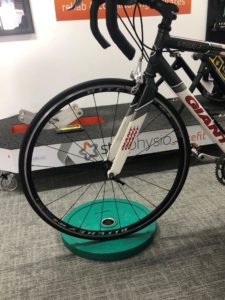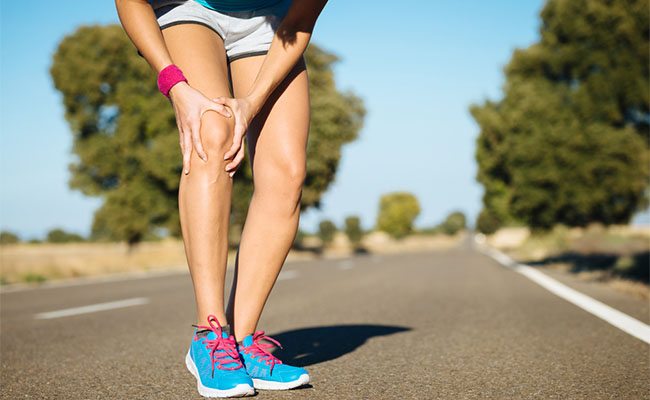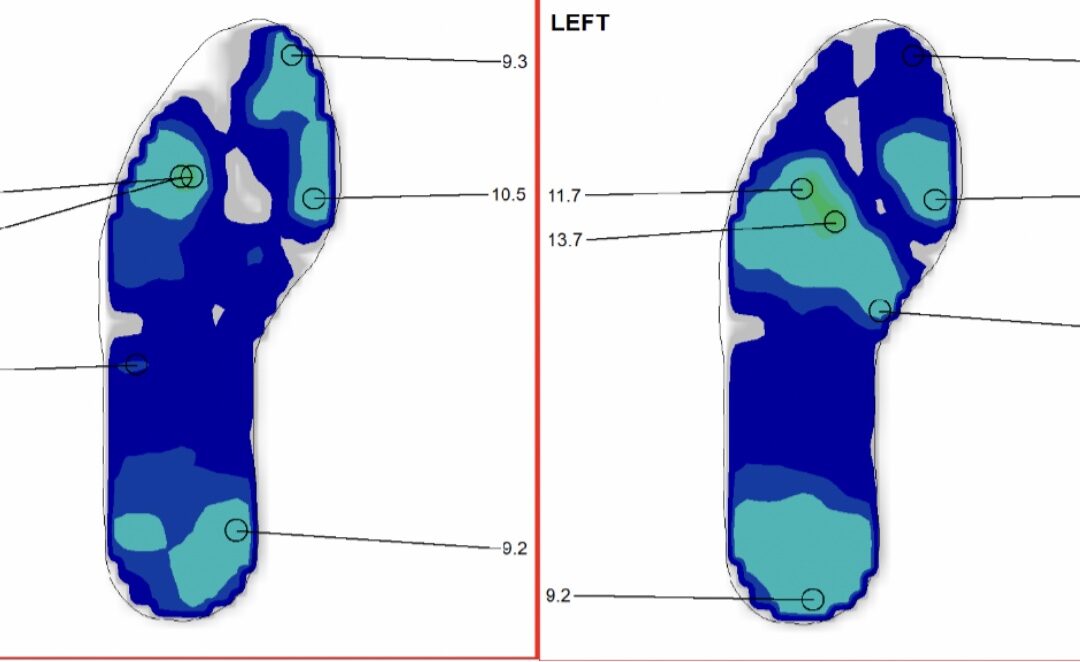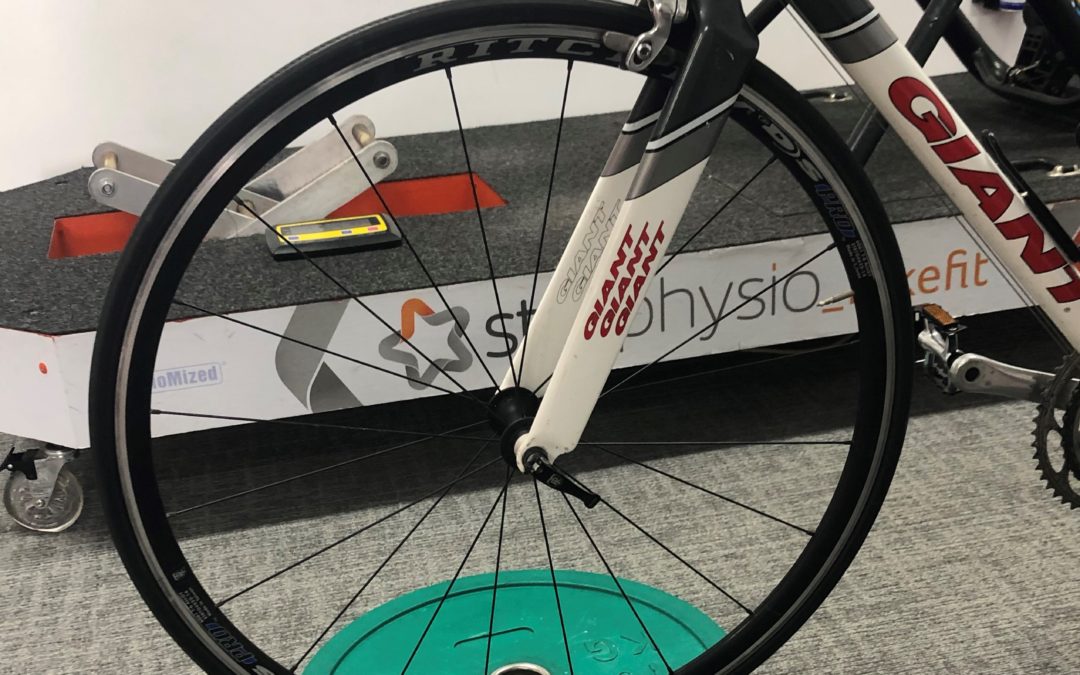TOP INDOOR CYCLING TIPS FOR WINTER
By Star Physio. Experts in bikefit and cycling injuries.
Heading into the colder months, many of us will resort to cycle training on the stationary bike aka ‘the turbo’. Changing to this setup has a range of benefits. Read below for our top tips to help you get the most out of your winter training!
- Set the bike up level;

Level your bike!
This may seem quite simple, yet many stationary set ups (including older model Wahoo Kickr’s) will end up leaving your bike on a downwards angle which often results in sore hands and saddle pain.
The remedy here is quite simple – Take a spirit level (or phone app) and rest this parallel on the top of your top tube whilst your bike is on flat ground (inside the house for example). Whatever that number is, ensure that when your bike is set up, that number is still hit. For example, I use a 5mm thick book underneath my front wheel to ensure my bike is set level.
-
Understand that the demands differ;
Riding inside means we aren’t able to take advantage of ‘freewheeling’ (e.g., rolling along without pedalling). This means that the demands of riding inside are somewhat higher than outside. A general equation to help understand this is every 1 hour on the trainer is equivalent to around 1.5hrs on the road.
The takeaway here is to be easy on yourself when ramping up your indoor riding! Start with shorter rides to gauge effort levels and the demand on your legs. For example, if your weekday ride is normally 90minutes, starting with 50-60minutes on the trainer would yield a similar workout to your normal session.
-
Have a plan;
Heading into a session with a plan means you’re far more likely to complete and subsequently enjoy that session. There’s a wide range of apps that provide fantastic platforms to enjoy indoor riding which take away the guesswork when planning a session. A couple of our favourites are Zwift and Trainer Road who both offer free 30 day trials!
If you’re not one for using an app, writing down a plan and putting it somewhere you can see is another useful alternative.
-
Get a bikefit!
Riding a stationary bike or turbo trainer results in a far more ‘static’ position when we ride. This means we have far less variance in position (e.g. changing hand or saddle position) due to road slope and conditions as well as traffic and stops.
Often this can amplify discomfort on the bike as well as increase the risk of knee and saddle pain. The key here is to have your bike set up properly to start with to ensure forces on various parts of the body are appropriate.
Bikefit at Star Physio
At Star Physio, we use bikefit technology from our German partners Gebiomized, in the hands of physiotherapists who are expert bike fitters. This enables us to help you find your best cycling position with confidence.
Book a bikefit today here or check out more about our bikefit service and technology here!

Use Your Private Health Limits Before They Reset | Star Physio Perth
Using Your Private Health Cover Before Your Private Health Limits Reset Many of us review our private health cover each year and wonder whether it’s worth keeping. For some, it’s like insurance for emergencies. For others, it’s essential for staying healthy and...

Disc Bulge
Disc Bulge and Low Back Pain: What You Need to Know Ever had an MRI for lower back pain that showed a disc bulge? You might be wondering if that's the culprit behind your back pain. Here's a breakdown of what disc bulges are and what they really mean for you. Disc...

Running Analysis
Pressure Mapping Gait & Running Analysis at Star Physio WA At Star Physio WA, we provide advanced pressure mapping gait and running analysis to support both our physiotherapy and podiatry services. This technology gives us a detailed look at how your feet interact...

Returning to exercise
Returning to exercise in Spring. Spring is here! It’s fantastic to see so many Perth people getting outdoors again as the weather warms up and the days grow longer. However, before you dive back into running, cycling, or gym sessions, there are a few important things...

